Related Research Articles
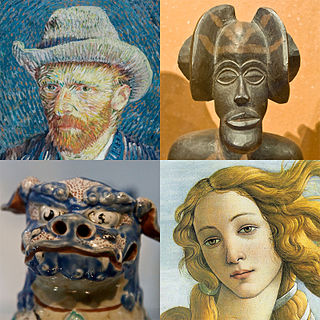
Art is a diverse range of human activities in creating visual, auditory or performing artifacts (artworks), expressing the author's imaginative, conceptual ideas, or technical skill, intended to be appreciated for their beauty or emotional power. Other activities related to the production of works of art include the criticism of art, the study of the history of art, and the aesthetic dissemination of art.

A song is a musical composition intended to be vocally performed by the human voice. This is often done at distinct and fixed pitches (melodies) using patterns of sound and silence. Songs contain various forms, such as those including the repetition and variation of sections.
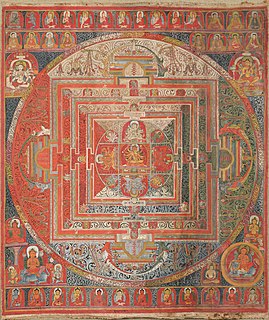
A mandala is a geometric configuration of symbols with a very different application. In modern, typically American and European use, "mandala" has become a generic term for any circle ornament which can be used as a relaxing tool, for diagnostic or in art therapy.

Parvati, Uma or Gauri is the Hindu goddess of fertility, love, beauty, marriage, children, and devotion; as well as of divine strength and power. Known by many other names, she is the gentle and nurturing aspect of the Supreme Hindu goddess Adi Parashakti (Shivashakti) and one of the central deities of the Goddess-oriented Shakta sect. She is the Mother goddess in Hinduism, and has many attributes and aspects. Each of her aspects is expressed with a different name, giving her over 100 names in regional Hindu stories of India. Along with Lakshmi and Saraswati, she forms the trinity of Hindu goddesses (Tridevi).

Industrial design is a process of design applied to products that are to be manufactured through techniques of mass production. Its key characteristic is that design is separated from manufacture: the creative act of determining and defining a product's form and features takes place in advance of the physical act of making a product, which consists purely of repeated, often automated, replication. This distinguishes industrial design from craft-based design, where the form of the product is determined by the product's creator at the time of its creation.

Buddhist symbolism is the method of Buddhist art to represent certain aspects of dharma, which began in the fourth century BCE. Anthropomorphic symbolism appeared from around the first century CE with the arts of Mathura the Greco-Buddhist art of Gandhara, and were combined with the previous symbols. Various symbolic innovations were later introduced, especially through Tibetan Buddhism.

For more than a thousand years, Tibetan artists have played a key role in the cultural life of Tibet. From designs for painted furniture to elaborate murals in religious buildings, their efforts have permeated virtually every facet of life on the Tibetan plateau. The vast majority of surviving artworks created before the mid-20th century are dedicated to the depiction of religious subjects, with the main forms being thangka, distemper paintings on cloth, Tibetan Buddhist wall paintings, and small statues in bronze, or large ones in clay, stucco or wood. They were commissioned by religious establishments or by pious individuals for use within the practice of Tibetan Buddhism and were manufactured in large workshops by monks and lay artists, who are mostly unknown.
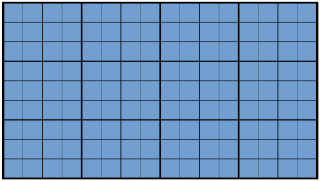
16:9 (1.78:1) is a widescreen aspect ratio with a width of 16 units and height of 9.
Art director is the title for a variety of similar job functions in theater, advertising, marketing, publishing, fashion, film and television, the Internet, and video games.
In art history, formalism is the study of art by analyzing and comparing form and style. Its discussion also includes the way objects are made and their purely visual or material aspects. In painting, formalism emphasizes compositional elements such as color, line, shape, texture, and other perceptual aspects rather than content, meaning, or the historical and social context. At its extreme, formalism in art history posits that everything necessary to comprehending a work of art is contained within the work of art. The context of the work, including the reason for its creation, the historical background, and the life of the artist, that is, its conceptual aspect is considered to be external to the artistic medium itself, and therefore of secondary importance.
'Indian classical Dance' or 'Shastriya Devesh', is an umbrella term for Various performance arts rooted in religious Hindu musical theatre styles, whose theory and practice can be traced to the Sanskrit text Natya Shastra.
A game artist is an artist who creates art for one or more types of games. In video games, game artists are responsible for all of the aspects of game development that call for visual art. Game artists play a vital role and are often credited in role-playing games, collectible card games and video games.
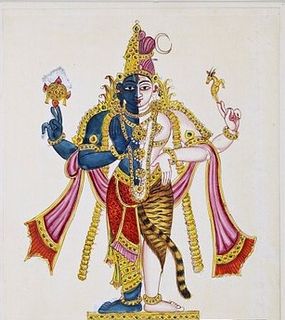
Harihara is the fused representation of Vishnu (Hari) and Shiva (Hara) from the Hindu tradition. Also known as Shankaranarayana like Brahmanarayana (Half represents Brahma and half represents Vishnu), Harihara is thus revered by both Vaishnavites and Shaivites as a form of the Supreme God.

In information visualization and computing, treemapping is a method for displaying hierarchical data using nested figures, usually rectangles.
An animation director is the director in charge of all aspects of the animation process during the production of an animated film or television, and animated segment for a live action film or television.
A work of art can be analyzed by considering a variety of aspects of it individually. These aspects are often called the elements of art. A commonly used list of the main elements includes form, shape, line, color, value, space, texture and perspective. The list can also be shortened to just five elements consisting of line, form, texture, colour and pattern.
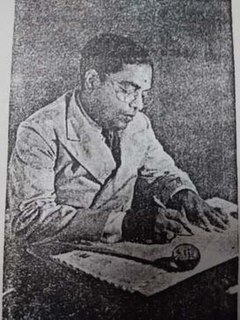
Calambur Sivaramamurti, (1909–1983) was an Indian museologist, art historian and epigraphist who is primarily known for his work as curator in the Government Museum, Chennai. and Sanskrit scholar. His entire life has been devoted to the study and exposition of various aspects of Indian art. Apart from authoring several monographs, guide books on Indian art, he also wrote a seminal work on South Indian epigraphy.
Positive deconstruction, in relation to Christian apologetics, is a term first used by Nick Pollard in Evangelism Made Slightly Less Difficult, to describe a methodology for engaging with worldviews in Christian apologetics. The process is one of deconstruction because it involves 'dismantling' the worldview in order to identify areas of conflict with a Christian worldview. It is positive because the intention is not to destroy a person's ideas and belief system, but to build on areas of agreement between the two worldviews in order to argue for the truth of the Christian worldview.
The philosophy of film is a branch of aesthetics within the discipline of philosophy that seeks to understand the most basic questions regarding film. Philosophy of film has significant overlap with film theory, a branch of film studies.

Open Aspects '82 is an album by saxophonist/composer/improviser Anthony Braxton and electronic musician Richard Teitelbaum which was recorded in 1982 and originally released on the hat ART label as a double LP and rereleased on CD in 1993 as Open Aspects (Duo) 1982.
References
- ↑ Jean Gabbert Harrell; Alina Wierzbiańska (1973). Aesthetics in Twentieth-century Poland . Bucknell University Press. p. 129. ISBN 0-8387-1100-6.
aspectism art.
| This art-related article is a stub. You can help Wikipedia by expanding it. |